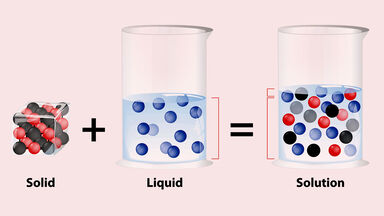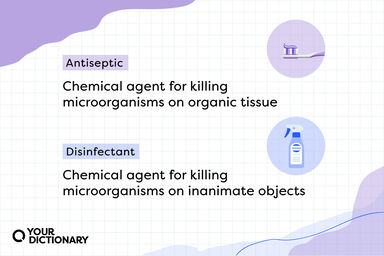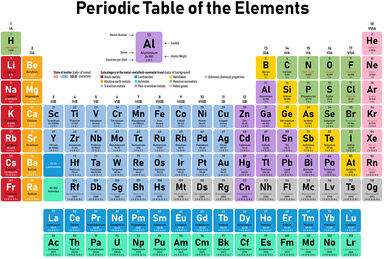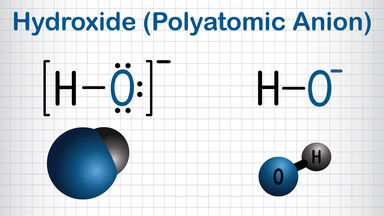Oxygen, recognized by its power of igniting a glowing splinter, results from the decomposition of oxides of the noble metals, peroxides, chlorates, nitrates and other highly oxygenized salts.
Lead and manganese are partially separated as peroxides, but the remaining metals are not deposited from acid solutions.
Sodium percarbonates of the formulae Na 2 CO 4, Na2C206, Na 2 C05, NaHCO 4 (two isomers) are obtained by the action of gaseous or solid carbon dioxide on the peroxides Na 2 0 2, Na 2 0 3, NaHO 2 (two isomers)in the presence of water at a low temperature (R.Wolffenstein and E.Peltner, Ber., 1908, 41, pp. 275, 280).
The metal is soluble in solutions of chlorine, bromine, thiosulphates and cyanides; and also in solutions which generate chlorine, such as mixtures of hydrochloric acid with nitric acid, chromic acid, antimonious acid, peroxides and nitrates, and of nitric acid with a chloride.
Oxygen may be prepared by heating mercuric oxide; by strongly heating manganese dioxide and many other peroxides; by heating the oxides of precious metals; and by heating many oxy-acids and oxy-salts to high temperatures, for example, nitric acid, sulphuric acid, nitre, lead nitrate, zinc sulphate, potassium chlorate, &c. Potassium chlorate is generally used and the reaction is accelerated and carried out at a lower temperature by previously mixing the salt with about one-third of its weight of manganese dioxide, which acts as a catalytic agent.





